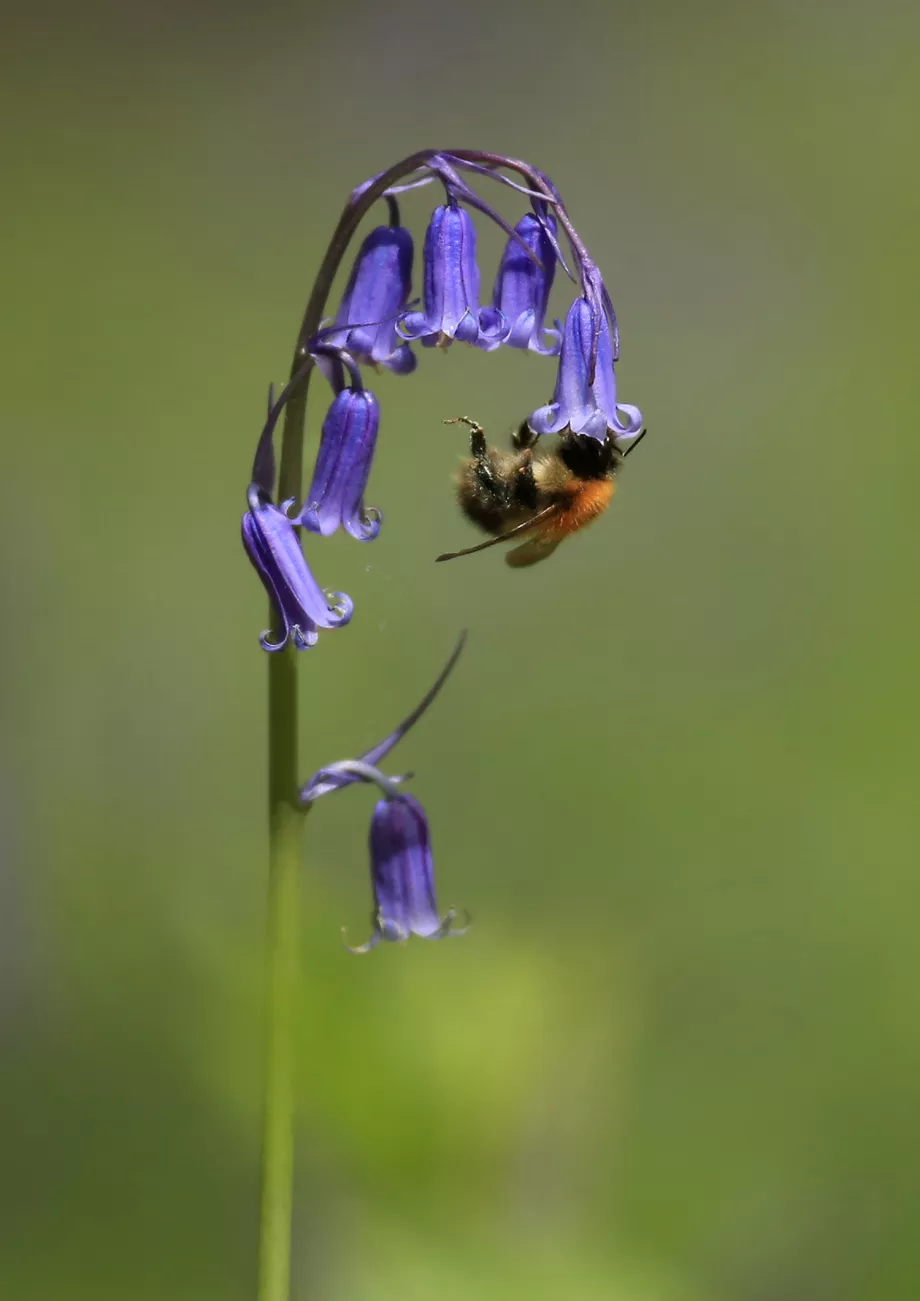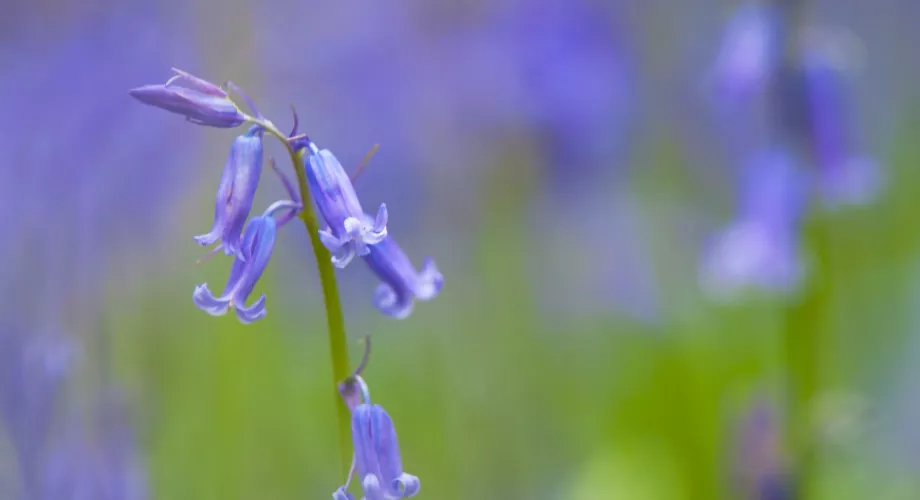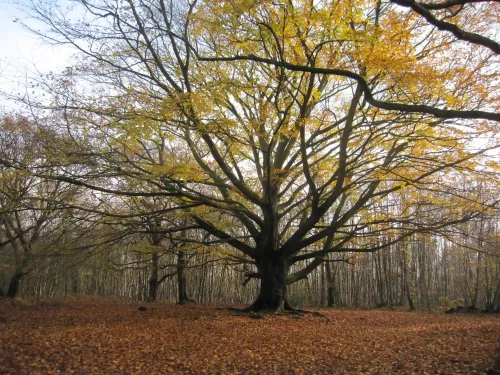
10 must-visit Kent woodlands
Be sure to check out these 10 woods whilst exploring Kent, each offering something a little different across the county.


Jon Hawkins - Surrey Hills Photography
6. The chequered skipper butterfly also nectars on bluebells, as do several moth species.
7. Folklore used to tell that bluebells ring at daybreak to call fairies to the woods.
8. Bluebell bulbs contain a starch that in Elizabethan times was used to stiffen ruffs.
9. Gum from the roots was used to glue feathers to arrows & in bookbinding.
10. Bluebell juice was said to cure snake bites, but is chemically very potent & can be toxic in large doses.

Spanish bluebells. Richard Burkmar
11. Spanish bluebell (Hyacinthoides hispanica) is a non-native garden escapee threatening our native species. They were originally introduced by plant hunters in the late 17th century. The Spanish bluebells became popular with gardeners as they grow more vigorously & suit the more open aspect of gardens, whereas native bluebells thrive best in dappled shade provided by deciduous woodland. However, Spanish bluebells lack the delicate perfume of our native species.
Unfortunately, the 2 species of bluebell hybridize easily so it can be quite difficult to tell them apart.
The native flower stem droops or nods distinctly to one side whereas the non-native’s stem is stiff and upright. The leaves are narrow 1 to 1.5cm, whereas the Spanish or hybrid can be up to 3cm wide. The native flower is often a much darker blue, although there can be occasional white ones.

Bluebells (Hyacinthoides non-scripta), Hertfordshire, United Kingdom. April 2011. Neil Aldridge

Be sure to check out these 10 woods whilst exploring Kent, each offering something a little different across the county.

Since bison were released into West Blean and Thornden Woods on the outskirts of Canterbury, they have not only transformed the landscape but significantly grown in number.

Natasha Ruskin explores something terrifying: a world without woodlands.